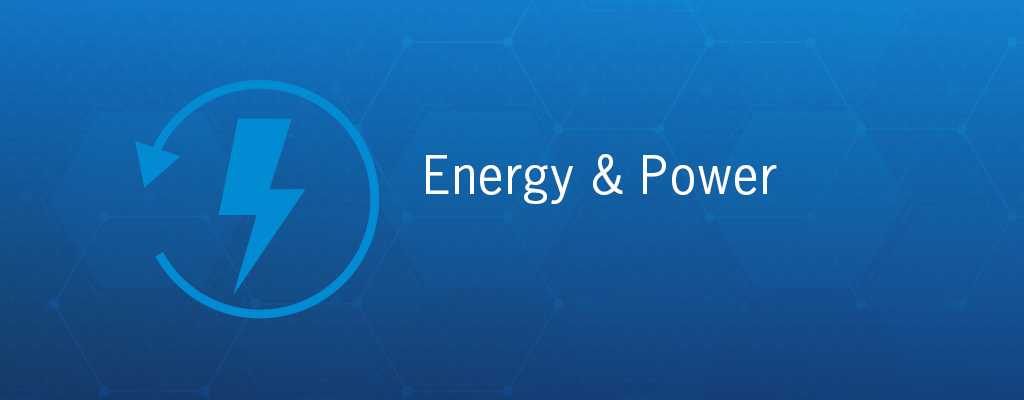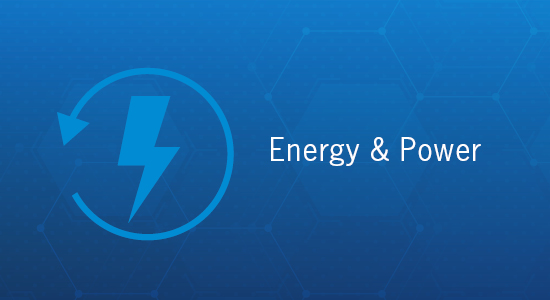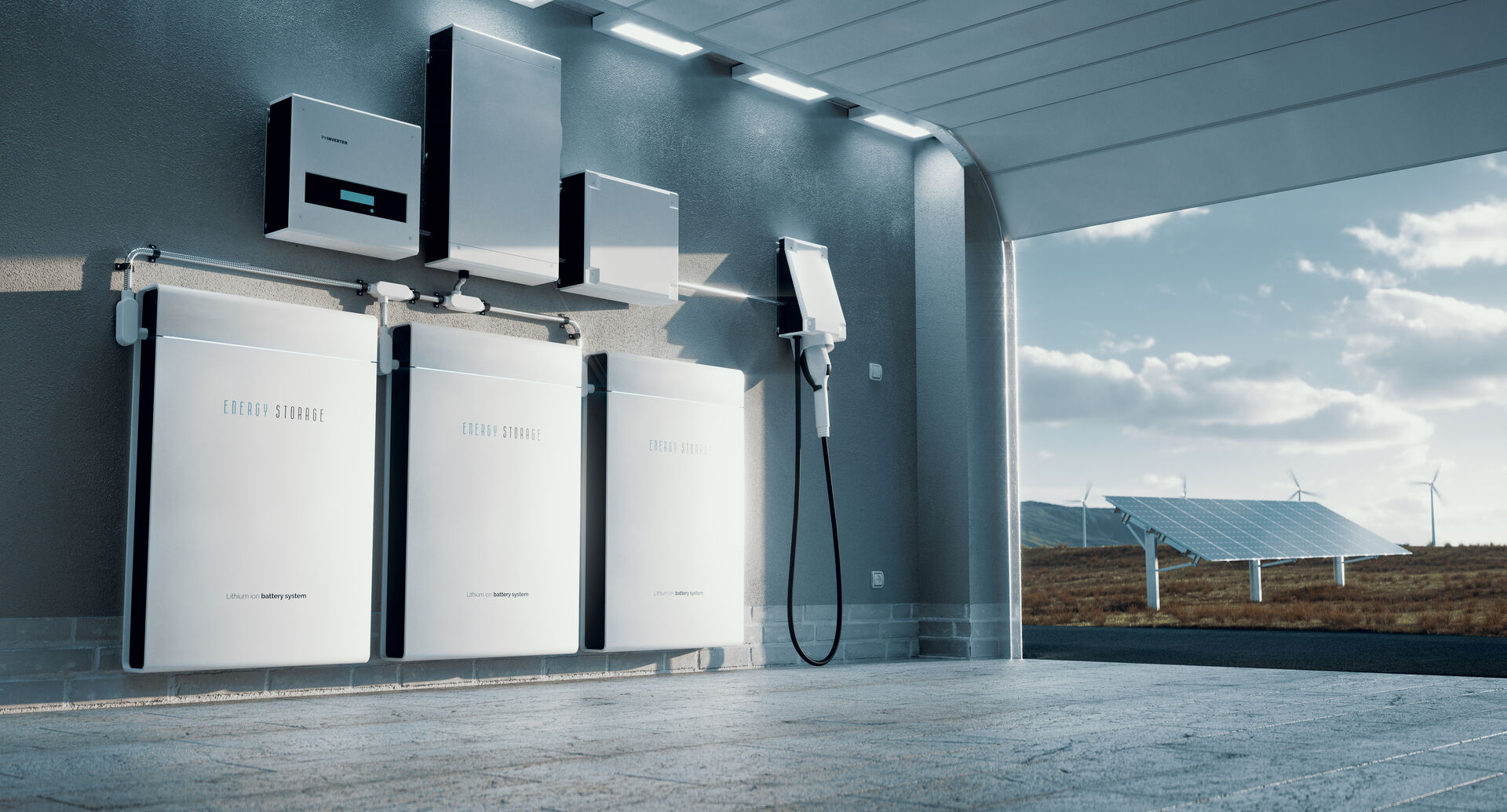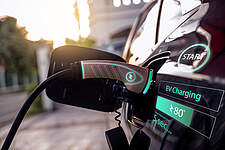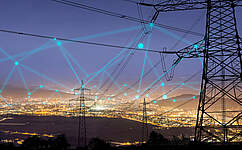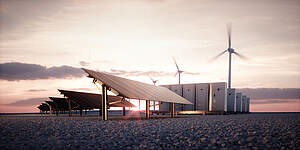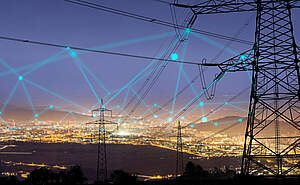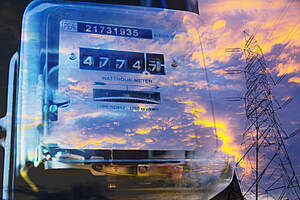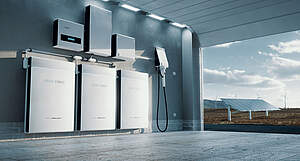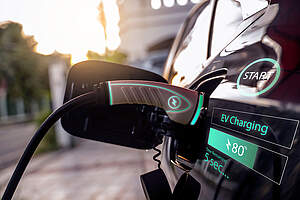Energy & Power - Progress Builds on Sufficient Energy Supply
The basis to manage our future progress
Efficient, regenerative and innovative: future-oriented energy concepts have a consistently positive impact on climate change. They meet the needs of industry and society and are economically attractive at the same time. The central point for politics, industry and society is to combine advancing digitalization and automation with the awareness for urgently required ecological rethinking.
Precise analysis and control of energy consumption and the development of more efficient energy storage systems are needed. Rutronik offers excellent connections to leading suppliers of relevant future technologies and cross-industry expertise, including proof-of-concepts developed in-house.
The Decentralization of Electricity
The switch to renewable energies involves the decentralization of electricity generation in various places by wind power, photovoltaic or hydropower plants. However, the amount of energy generated in this way can only be planned and controlled to a certain extent. Electricity storage that is available in the long term to compensate for grid fluctuations is a decisive factor. That requires transparent, real-time digital communication between power producers, grid operators and consumers to prevent noticeable grid fluctuations.
Fields of application:
- Renewable energy
- Smart grid
- Smart meter
- Energy storage
- EV-Charging
- Energy harvesting
Any Questions? Get in Contact With Our Product Specialists

